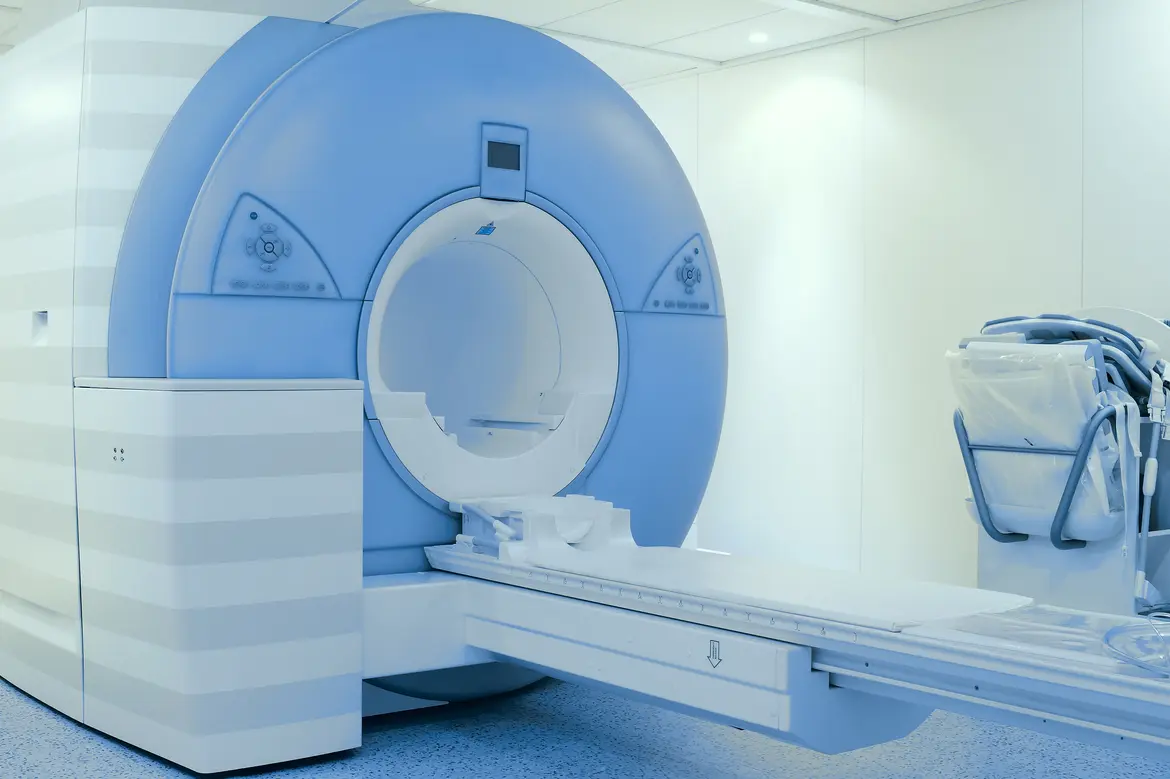Dr Ng Chee Kwan
Urologist


Source: Shutterstock
Urologist
Dr Eugene Ong, radiologist at Mount Elizabeth Novena Hospital, and Dr Ng Chee Kwan, consultant urologist at Mount Elizabeth Novena Hospital, talks about how advances in imaging technology benefits patients at risk of prostate cancer.
Multiparametric magnetic resonance imaging (mpMRI) is a specialised scan of the prostate gland. Patients with elevated PSA levels or a previous negative prostate biopsy with rising PSA levels may consider going for mpMRI. PSA stands for prostate-specific antigen, a protein produced by the prostate gland.
Using MRI techniques, the radiologist is able to identify patients who are at a higher risk of having aggressive prostate cancer.
Dr Eugene Ong, a radiologist at Mount Elizabeth Novena Hospital with special interest in prostate gland imaging says, "The prostate gland is small and the cancer cells are even smaller. Imaging technology now enables radiologists to produce high resolution images. We can measure blood and water flow characteristics in the prostate gland. This imaging approach helps to identify patients who are at risk of having high grade prostate cancer."
Dr Ng Chee Kwan, a urologist at Mount Elizabeth Novena Hospital says, "MRI scans can be used to supplement the PSA blood test for patients who are found to have a high PSA level. Using mpMRI, doctors are now able to tell which areas of the prostate are more likely to have cancer. Studies have shown that suspicious areas on mpMRI are more likely to harbour significant cancer."
Medical organisations like ParkwayHealth Radiology use mpMRI to grade the likelihood of high grade cancer in a prostate gland, giving patients an idea of their risk of prostate cancer.
If a patient's PSA level is abnormally raised, he may be recommended by a urologist to go for a prostate biopsy. During a conventional prostate biopsy, only an ultrasound is used as a guide to obtain samples of the prostate tissue. However, the ultrasound does not usually show the location of the cancer. Hence, the urologist has to perform multiple random biopsies spread out over the prostate to reduce the possibility of missing the cancer. If the cancerous area is missed during an initial biopsy, the patient may have to go for a repeat biopsy if his PSA level continues to rise. This multiplies the risk of complications from procedures.
This method of prostate biopsy combines the benefits of mpMRI with conventional prostate biopsy to allow doctors to guide, track and record biopsies in 3D space. The technology is viewed as the 'GPS' for the detection of prostate cancer.
Dr Eugene Ong says, "The radiologist first assesses the MRI images and determines if there are areas in the prostate gland suspicious for high grade cancer. Then, he creates an MRI based 3D model of the prostate gland showing the exact location of these areas. During the fusion biopsy, an ultrasound based 3D model is generated and fused with the MRI based 3D model. The information is then used as a 'road map' to guide the urologist to place the biopsies in the location of the suspicious areas."
"With this technique, the urologist can target the suspicious areas. This may increase the detection of high grade cancers and reduce the need for repeat biopsies. It would facilitate biopsy of cancers located at hard-to-reach sites within the prostate gland," says Dr Ng Chee Kwan. Patients who benefit from MRI-ultrasound fusion prostate biopsy include patients undergoing prostate biopsy for the first time, patients who had previous negative biopsy with a rising PSA value, and patients on active surveillance for prostate cancer.
Q: Do patients need to make any preparations before going for any of the tests?
Dr Ong: For the mpMRI study, patients will have to be screened for contraindications (factors which make the procedure inadvisable), for example if the patient has certain medical devices or foreign bodies in their body.
Dr Ng: For the MRI-ultrasound fusion prostate biopsy, patients may be asked to take a course of antibiotics 1 – 2 days before the biopsy, and to clear their bowels before the biopsy. If patients choose to undergo light sedation, they have to fast 4 – 6 hours before the procedure.
Q: How do we know which screening test method is suitable?
Dr Ng: The main screening test is the PSA blood test. The rest of the methods are not considered as screening tests. A patient with an elevated PSA value should be further evaluated with a visit to the urologist. The urologist may choose to investigate further by referring the case to a radiologist specialising in prostate gland imaging to carry out a multiparametric MRI study.
If a suspicious area in the prostate gland is detected on the MRI, an MRI-ultrasound fusion biopsy of the prostate gland may be considered to target the suspicious area using image guidance. This ensures the correct area of the prostate gland is sampled. The sampled tissue is then sent to the pathology lab to assess for the presence of cancer cells.
Q: Will there be side effects from any of the tests?
Dr Ong: There is an extremely small risk of adverse drug reaction from the MRI contrast agent (less than 0.3% with most of them mild in nature).
Dr Ng: The risks of MRI-US fusion biopsy of the prostate are the same as those of conventional prostate biopsy. These include rectal bleeding after the biopsy and urinary tract infection. Serious complications are rare. There are no long-term side effects from the biopsy.